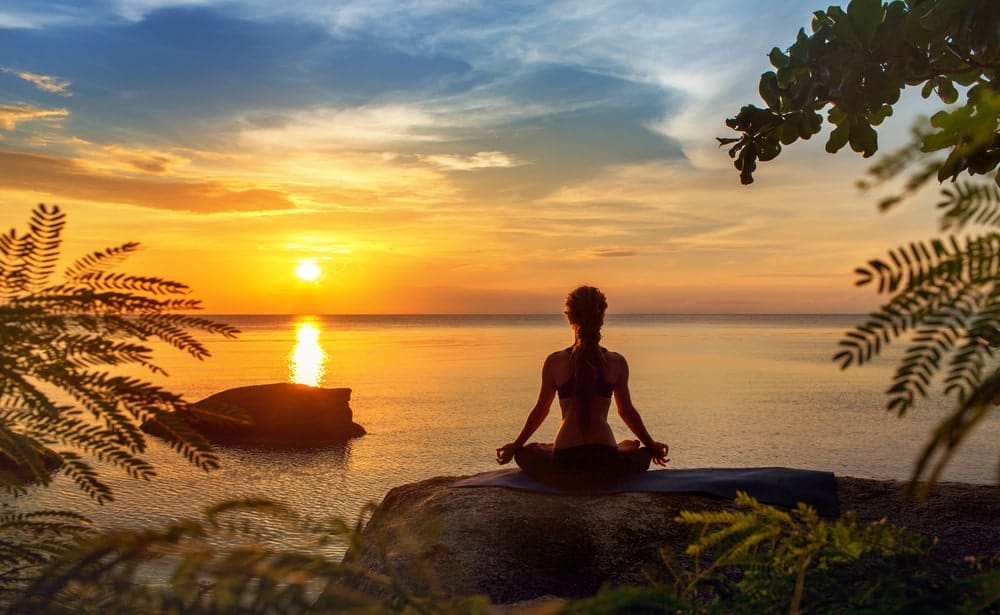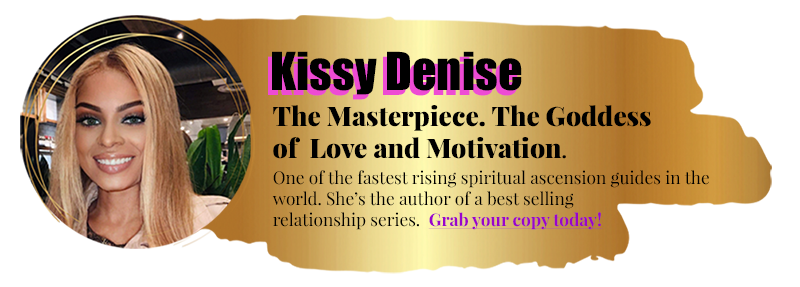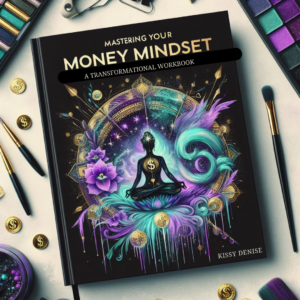As we do through adulthood, at some point, we find ourselves looking for ways to reawaken the childhood experience of aliveness and vitality. The breath is the most profound and readily accessible tool for purifying and revitalizing the body. Spirituality has proven again and again what the Eastern health traditions have known for centuries, that when we breathe well we create the optimum conditions for health, vitality and well-being.
However ofttimes I find that high performers do not stop to deeply breathe. Many entrepreneurs often subconsciously withhold their breath for long periods of time.
How to Tap your Inner Energy Reserves …the secret you already possess
When we were born, our whole body breathed. Every cell was energized with the vitality of the breath. As adults we are amazed (and exhausted) by the relentless nature of children’s energy. We remember the exuberance of our early youth when we breathed with relaxed, open bellies and had an almost limitless supply of energy. Then we began to learn and develop poor breathing patterns. Breathing is not an intellectual activity, yet to reclaim our youthful energy and natural breathing requires your conscious awareness and participation.
Breathing is something that the body knows how to do for our basic survival; it will flow in and out without any thought on your part. This automatic breath allows you to survive, but when you unconsciously hold or restrict your breath through habit, the breath that once ‘breathed you’ becomes automatically restricted and distorted. This unconsciously altered breath allows you to survive but not to thrive. As adults, we find ourselves looking for ways to reawaken this experience of aliveness. Caffeine, sugar, nicotine, alcohol, mega-vitamins, herbs, drama, sex and obsessions all have the ability to momentarily ignite us yet leave us depleted. Curiously, the answer to recovering this dynamic vitality lies within us – in the unconditioned breath of our childhood.
Western medical and scientific studies are proving again and again what the Eastern health traditions have known for centuries, that when we breathe well we create the optimum conditions for health, vitality and well-being. Breathing affects the respiratory, cardiovascular, neurological, gastrointestinal, muscular, and psychic systems, as well as having an effect on our sleep, memory, energy and concentration. Correlations between breathing and the state of our body and mind have been made for thousands of years in ancient Taoism, in Yogic scriptures and in the medical practices of China, Tibet and India (Ayurveda). Throughout time the process of breathing was always considered inseparable from our health, consciousness and spirit. Along with the Eastern traditions, this is found in the ancient Greek and Latin texts as well. In Greek, psyche pneuma means breath/soul/air/spirit, and in Latin, anima spiritus is breath/soul.
The breath is the most profound and readily accessible tool for purifying and revitalizing the body. The basic nature of the breath reveals how one relates to oneself as well as to the rest of the world. If the breath is shallow, the body’s vital systems will be functioning at a minimum level. If the breath is long and deep, however, the respiratory system can function fully and properly, and oxygenation of the body’s cells will be complete. Recovering the essential nature of the breath is a rich and rewarding process for it is ourselves that we truly uncover. This “essential” breath lies between the unconscious, involuntary breath and the controlled and regulated breathing exercises found in healing systems like yoga. It is conscious but natural, arising from the depths of our being and dissolving effortlessly back into our core.
OBSERVE THE BREATH
There is a close correlation between the physiology of the breath and the psychology of behavior, and therefore our breathing has a large part to play in determining how we feel emotionally on a daily basis. Deep breathing increases both the amount of fully oxygenated red blood cells, and the release of the waste product, carbon dioxide. If not eliminated through proper respiration, carbon dioxide chemically changes into carbonic acid. Accumulated carbonic acid must be filtered by the kidneys, taxing the body’s vital energy (Prana in the yogic tradition, Ching Chi in the Chinese, Ki in Japanese). We may not give notice to the breath but find ourselves feeling chronically tired, irritated, hurried or anxious, thereby shadowing all our daily activities.
With a little effort, you can begin to experience the essential breath. We must first be able to focus on and perceive our own breathing process; we must make the unconscious conscious. Your very first exercise is an inquiry. In your eagerness to free the breath you may unwittingly increase the tension in your breathing. Approach these meditations with patience and curiosity.
CONSCIOUS DAILY MEDITATION IS A MUST
Observing the Essential Breath – Sitting comfortably begin to notice your breathing without trying to alter or change it in any way. Let your breath do what it will. Slowly bring your attention to your exhalation and let your awareness travel down the length of an exhalation. Enjoy the sensation. Explore the pause at the end of the exhalation without altering it. Simply relax and let it happen. Trust that the next breath will arise without “grabbing” for it.
Long Deep Breathing – This is the most basic technique for developing breath awareness, balancing the meridian pathways (from Chinese healing traditions), the endocrine system and the emotions. Inhale deeply into the abdomen, the diaphragm, and finally into the chest. Hold the breath for a few seconds (without force or pressure) and then exhale slowly. Consciously breathe smoothly, gradually, and deeply, concentrating on making each breath full and complete.
Hara Breathing – The Hara is a vital energy center located three fingers width below the navel, that is also known as the “Sea of Energy”. This ancient technique is said to nourish the internal organs, giving the body power and endurance, strengthening the general condition of the body. Concentrate on this point while breathing deeply into the lower abdomen. Let your belly come out as you inhale. Feel the breath being expanded into the depths of the belly. Exhale, drawing the belly in, picturing energy circulating throughout the body.
Your breath is a resource and a refuge that is always available to you. Know that any time that you feel tired, confused, hurried or stressed that you can return to the sanctuary inside the breath. Here you can rest and replenish yourself by simply entering the pause at the end of your exhalations. Nothing to do, nothing to fix, nothing to change; simply rest in the nurture and care that is provided for you within the peace of your essential breath.













